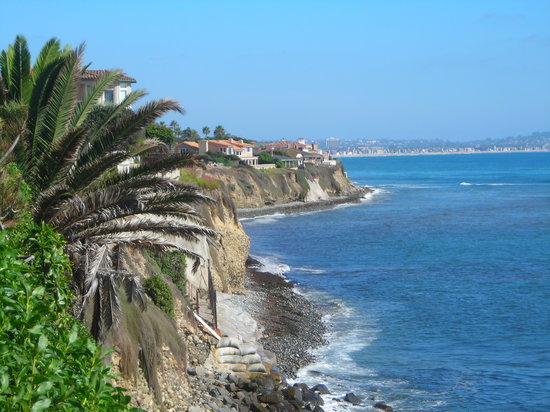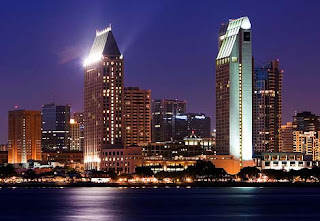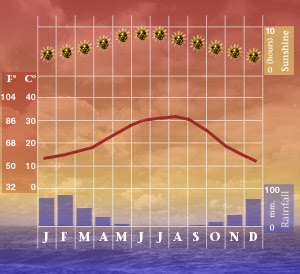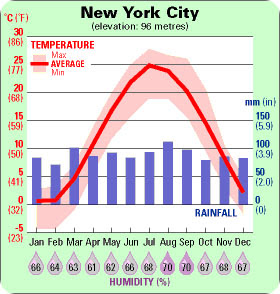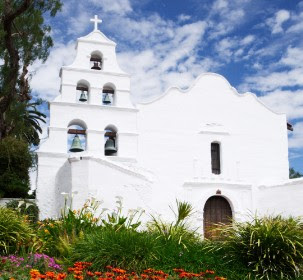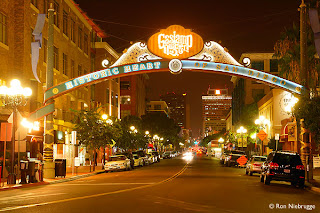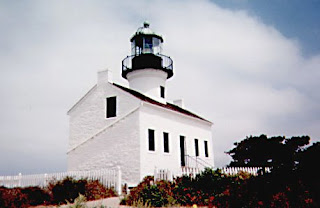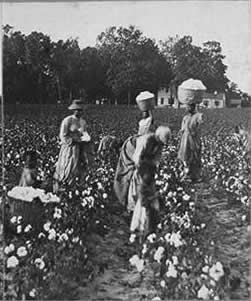 |
| Slaves picking cotton in the South |
The South has been greatly impacted by it's ancestry. From the slaves in the 19th century to the Cajuns in the 18th century, they have all contributed to the atmosphere of the south. These contributions can be seen in Southern people's diets, preference for music, and speech patterns. Fried Okra, grits, gumbo, and craw fish are staples of the Southern Diet. They also prefer jazz, gospel, and country music rather than the modern genre. Southerns have a identifiable speech pattern shaped by early slaves and creoles.
Paula Dean "fixing" to make some fried okra
California also has been influenced by it's descendants. Signs of Mexican culture are apparent throughout the city from Hispanic street names to the name of the city itself, San Diego. Various restaurants can be found throughout the city offering authentic Mexican cuisine. Multiple seafood restaurants are also available for your dining pleasure. The sounds of Mexican music can be heard on the local radio and from Mariachi bands inside of cantinas. The influence of Spanish architecture is prevalent amongst the buildings of San Diego. The most obvious example would be the San Diego Mission de Alcala.
 |
| Spanish architectural influence- Balboa Park |
Other differences:
The South supports a conservative population and the most prevalent religion is the Baptist Church. They are highly religious individuals and faith plays a central role in their daily lives. As previously discussed, San Diego is liberal and the Catholic church has the highest number of patrons. While religion still is important to Californians, it is not as celebrated and is more diversified. The way of life in the South is far slower than the hustle and bustle lifestyle of a large urban city like San Diego, California. The South's economy is heavily supported by agricultural pursuits influenced in the past by large-scale plantations. San Diego is more reliant upon technology, defense, and manufacturing. Cities in the south are definitively more rural than in Southern California but they are slowly becoming subjected to urbanization.
